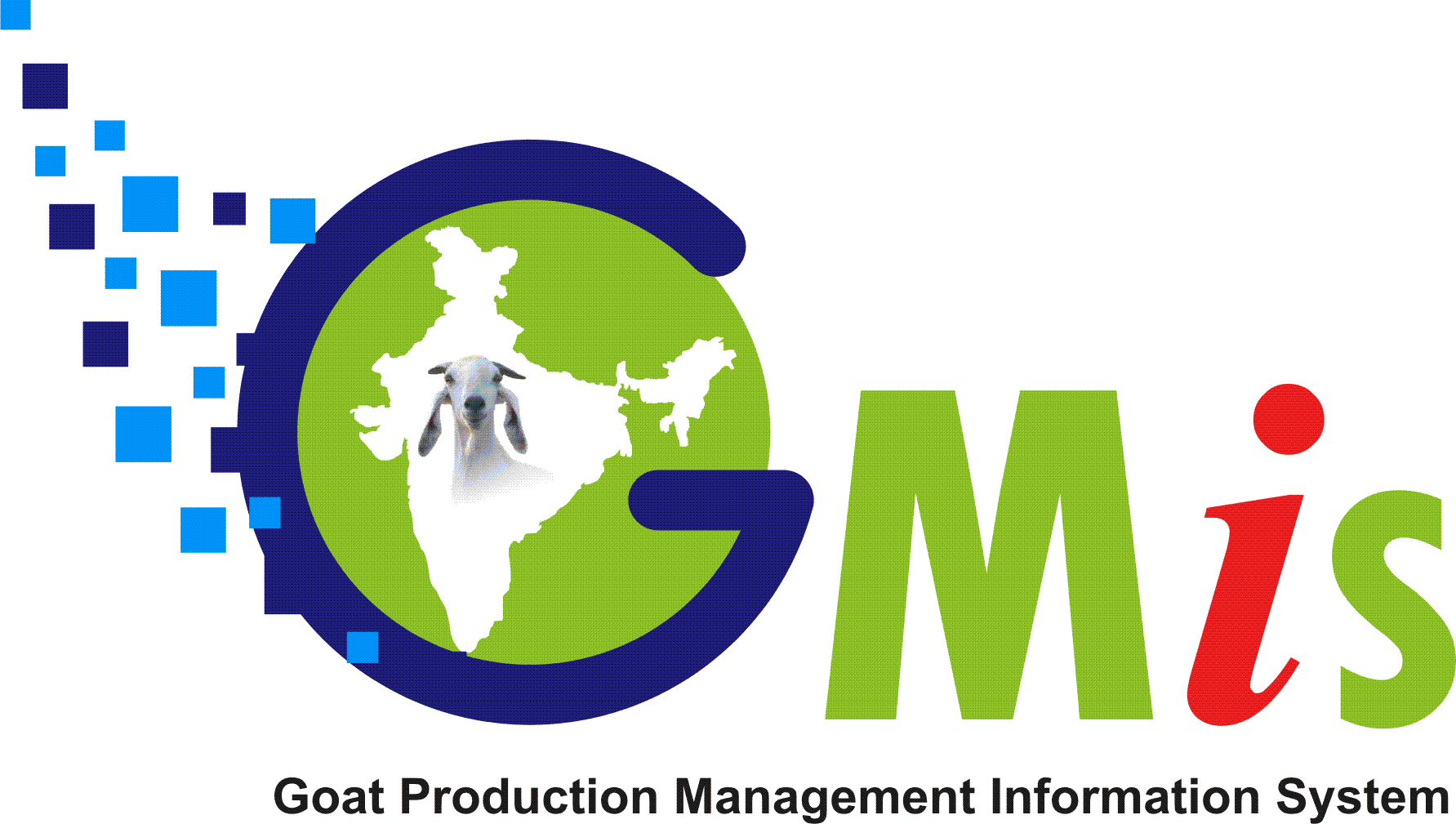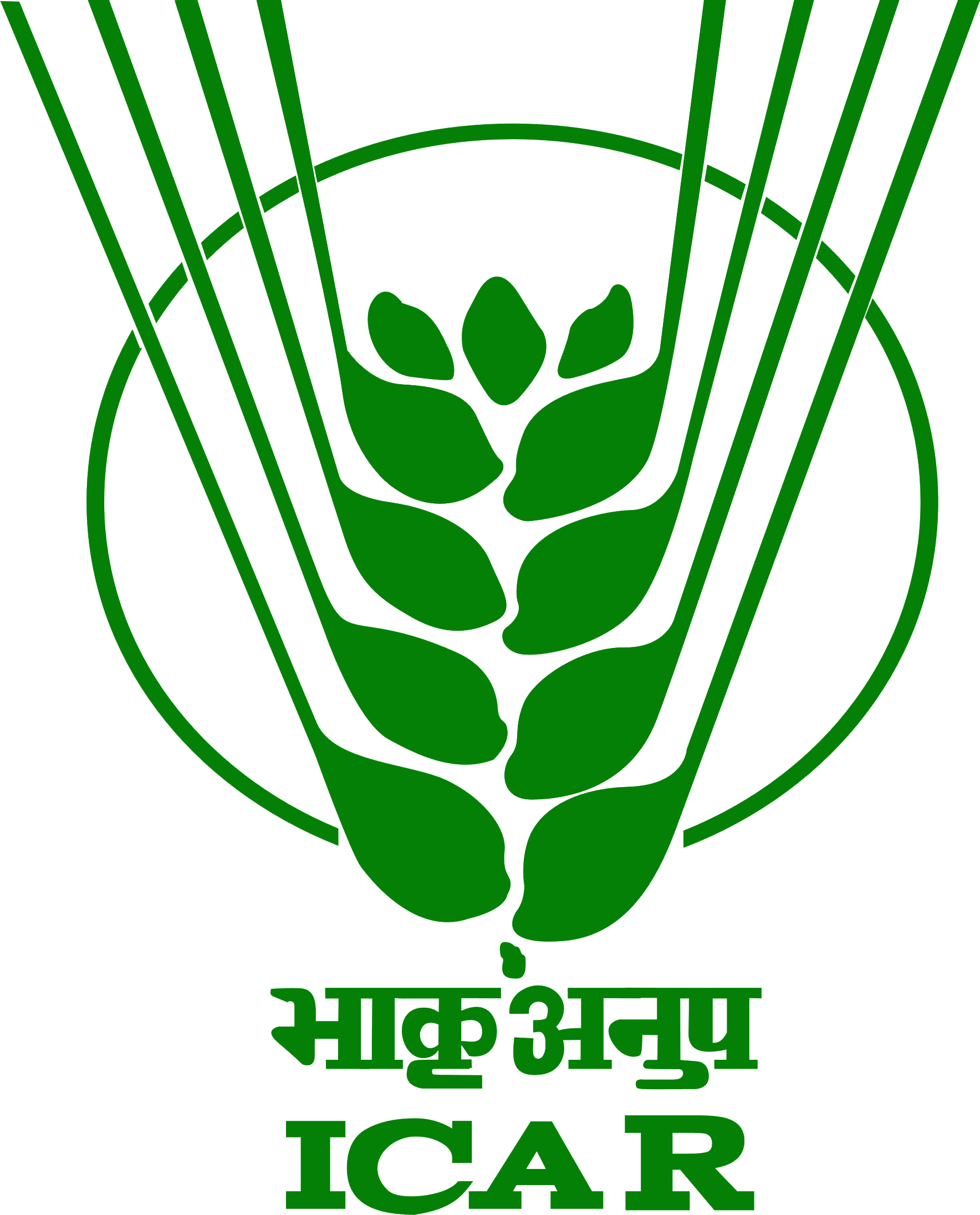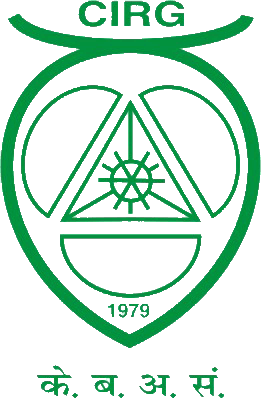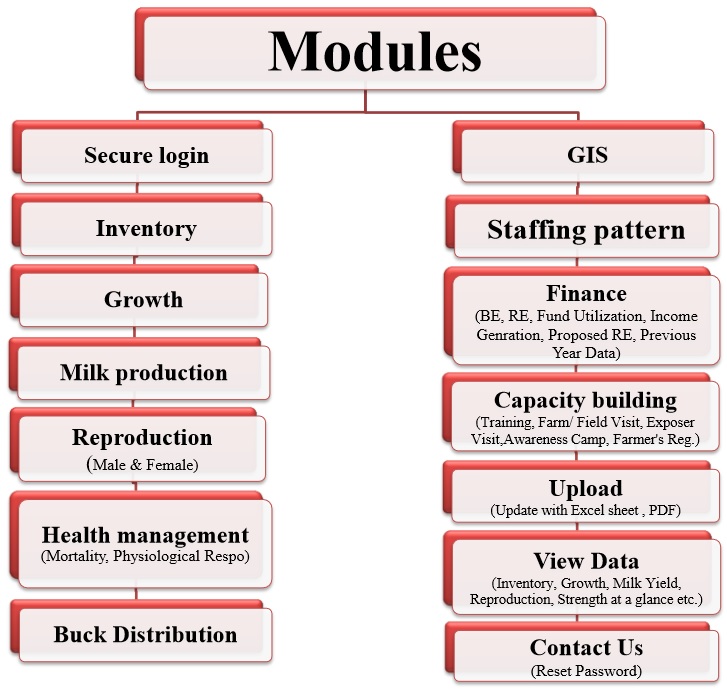|
All India Coordinated Research Programme on Goat Improvement
Salient Research Achievement
Improving production performance of goats through selective breeding
- Developed a model to implement genetic improvement programme in goat in different agro-climatic zones. Subsequently the project design is being used to develop national breeding plan for goats all over the country.
- The project has established the breed potential and has effectively established the yield gap in 13 different breed. Therefore the optimum management practice needs to be adopted for optimum productivity.
- Farmers achieved breed survivor award & come forward to conserve their native germ-plasm.
- Created awareness and demonstrated that the goat farming is a suitable venture for business initiative.
- The increasing trend in body weight from base population is observed indicating use of superior breeding bucks by villagers over the years. There is an increase in performance of the goats over the year in adopted villages. The fertility and viability is increasing year after year.
- Genetic parameters are estimated for growth traits, average daily gain and milk yield traits in all the breeds.
- Genetic trends were estimated for each trait by regression of EBV averages on year of birth, weighted by the number of animals in each year. A positive genetic trend was obtained for milk yield in Jamunapari goat population and showing significant improvement over the years in milk yield during 90 and 140 days.
- Indicator traits for resistance to gastrointestinal nematodes have been established in Indian goats. The study showed the variability in resistance pattern in response to natural H. contortus infection in selected flocks of Barbari and Jamunapari goats and established genetic correlation with indicator traits and growth parameters.
- Jamunapari, Barbari and Sirohi units have supplied 1417, 2098 and 1279 improved animals, respectively during the period to different State Govt. / NGOs and farmers for breed improvement programme respectively.
A. Year-wise attributes of AICRP on Goat Improvement
Particulars |
2008-09 |
2009-10 |
2010-11 |
2011-12 |
2012-13 |
2013-14 |
2014-15 |
2015-16 |
Total |
Total Number of Animal covered under the project |
20458 |
24550 |
34189 |
33483 |
37374 |
39267 |
56685 |
63989 |
309995 |
Number of farmer's adopted under the project |
1207 |
1839 |
1762 |
1655 |
1874 |
1811 |
2264 |
2902 |
15314 |
Improved animals distributed |
63 |
94 |
93 |
175 |
352 |
323 |
270 |
361 |
1731 |
Number of Trainings conducted |
12 |
12 |
169 |
307 |
268 |
304 |
344 |
545 |
1961 |
Number of farmer's benefitted |
1359 |
1463 |
1893 |
2428 |
2830 |
2729 |
3867 |
3870 |
20439 |
Success story |
2 |
2 |
2 |
11 |
15 |
21 |
14 |
15 |
82 |
Preventive health care carried out |
28497 |
35062 |
41637 |
53015 |
64662 |
73154 |
104731 |
93595 |
494353 |
Vaccinated |
5461 |
9738 |
11326 |
19536 |
27085 |
33483 |
51168 |
41828 |
199625 |
Deworming |
23036 |
25324 |
30311 |
33479 |
37577 |
39671 |
53563 |
51767 |
294728 |
B. Improved animals distributed for breed improvement programme
Year
Breeds |
2007-08 |
2008-09 |
2009-10 |
2010-11 |
2011-12 |
2012-13 |
2013-14 |
2014-15 |
2015-16 |
Total |
Jamunapari |
55 |
64 |
165 |
99 |
212 |
180 |
213 |
224 |
205 |
1417 |
Barbari |
174 |
281 |
178 |
249 |
366 |
241 |
221 |
208 |
180 |
2098 |
Sirohi |
132 |
74 |
108 |
147 |
105 |
89 |
158 |
218 |
177 |
1208 |
A. Genetic Improvement in Farmer's flock
- For genetic evaluations, pedigree of adequate number of goats of 13 breeds (ranging between 2000-6000) are identified by each collaborating unit and their performance recorded under field condition.
- Production performance data from farmer’s flock are being recorded on 13 breeds distributed over 3-4 village clusters to ascertain genetic variability amongst them.
- Field units are selecting and distributing 20-40 bucks each year for breed improvement in the farmer’s flock.
- Technological interventions significantly improved survival rates with significant reduction in morbidity and mortality (<10% mortality in adopted villages).
- Use of selected bucks showed improvement not only in production and lactation traits (2-3%) but also increased true to breed type goats in adopted villages.
- Significant improvement (5.28%- 19.80%) in average body weight gain and milk production (15- 30%) in farmer’s flock.
- The improvement in body weights at 9 month age and 12 month age has been 2.1 – 2.9 kg and 3.5-6.2 kg, respectively as compared to the base year in different units.
- The increase in body weight at 12-month age over the units varied from 0.38% to 32.12%. Similarly, the increase in milk yield at 90 days varied from 3.35 to 48.85% over the units.
- Developed package of practices for managing migratory Gaddi goats during different physiological and growth stages.
- The average pashmina production of Changthangi goat was 269.66 gram.
B. Conservation of Goat
- AICRP on Goat Improvement is operational at 461 villages covering 3840 farmers. The performance recording was carried out in 25622 animals.
- The farm based units namely Jamunapari, Barbari and Sirohi are working as a best model for in-situ & ex-situ conservation of the breed
- The project facilitated in situ conservation of Jamunapari, Sangamneri and Surti, threatened goat breeds, of the country.
- Semen of the different goat breeds has been preserved for conservation.
- Goat keepers from AICRP adopted village won the Breed Saviour Awards sponsored by the National Biodiversity Authority for Osmanabadi and Malabari Goats.
C. Socio-economic development
- The Socio-economic benefits were realized by the goat keepers covered under this Project.
- AICRP units have created Awareness among goat keepers about how to increase their incomes from goat rearing by improving management at low cost, knowing weights of sale kids and using this knowledge to bargain with traders purchasing kids.
- The Socio-economic studies revealed that in the Nadia district of West Bengal state the goat rearing proved more beneficial to the goat keepers having basic knowledge of animal husbandry. The annual income of a family was Rs. 2384.06 from goat rearing.
- The Socio-economic studies revealed that in the Ganjam district of Orissa state the goat is a primary source of income of tribes (Gola). The goat rearing contributed 61.54 percent of their annual income.
- Involved Rural Women Self Help Groups of Devlali Pravara (Ahmednagar), Dodi (Nashik) and Belha (Pune) in the Improvement Programme and motivated them to sale goat kids on live weight basis.
- Preventive health care was provided to 48716 animals per year. The health care is being taken up sincerely in farmer’s flock indicating that the mortality rate varied from 3.8 to 8.9%. This has not only contributed for increasing population growth but also improving the farmer’s income by 22% to 35%. A higher population growth amongst breeds resulted into increased selection intensity for better genetic gain.
- Black Bengal Goat Field Unit, WBUAFSc, Kolkata, West Bengal, The income of farmers’ family by keeping of goats is enhanced considerably from Rs. 2945/- to Rs. 9575/- (2010-11).
- Surti Field Unit, NAU, Navsari, Gujarat notified goat cooperative comprised of five adopted villages involving 40 goat farmers.
- The minimum gross income from Assam Hill goat of a goat keeper per doe per was estimated as Rs.947.00.
- Black Bengal Goat Field Unit, BAU Ranchi. It is estimated that annual income of farmers from sell of goats/kids have increased substantially (up to Rs.12000 to Rs 25000).
D. Database devolved
- Developed a database management system - Goat Production Management Information System (GMIS) to manage data recording, data analysis, monitoring & evaluation in efficient manner. The website is hosted and currently running with URL “http://pcgoatcirg.icar.gov.in/”. GMIS includes 13 basic module i.e. inventory, Growth, Milk yield, Reproduction, Health management, Buck distribution, Finance, Staff, GIS, Capacity building, Upload & View data with various sub-modules. The unit incharges can regularly update their status as per the feedback received from 18 coordinating units of AICRP on Goat Improvement.
E. Skill development
- AICRP Units are conducting 4-10 trainings and awareness camp in their adopted villages in a year. We have trained 4600 farmers (approx.) during last two year. AICRP Units are also providing training to paravets, students and entrepreneurs. AICRP Units have published goat production and management literature in several local languages such as Assamese, Bengali, Odia, Marathi, Malayalam, Gujrati, Marathi, Himachali and Hindi.
|









